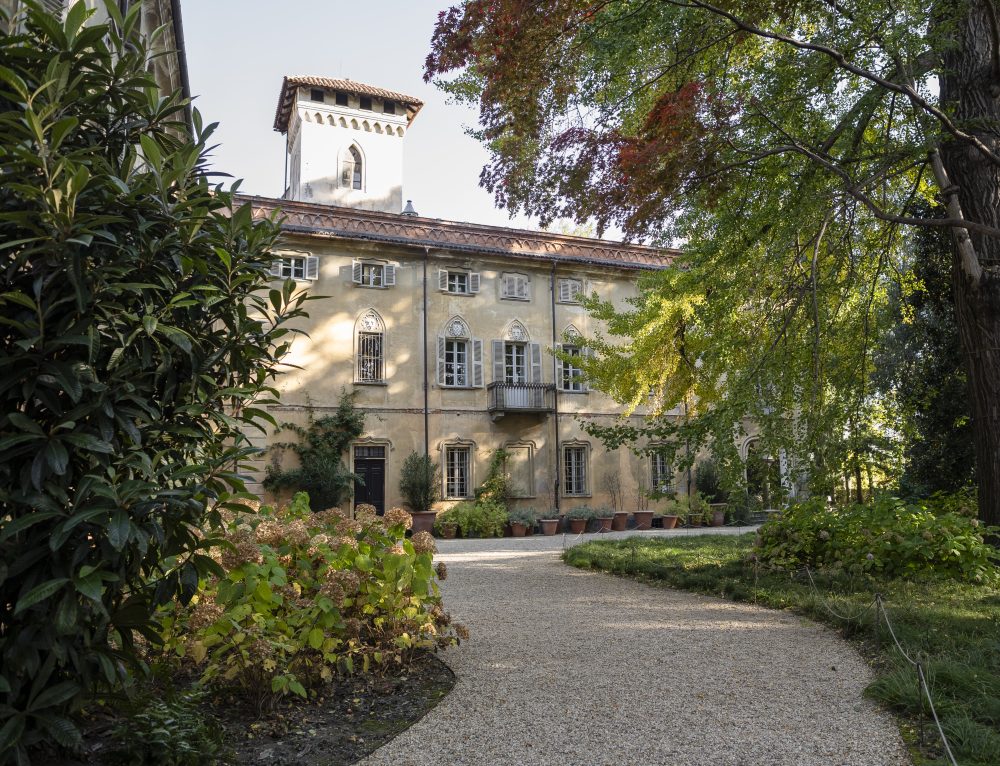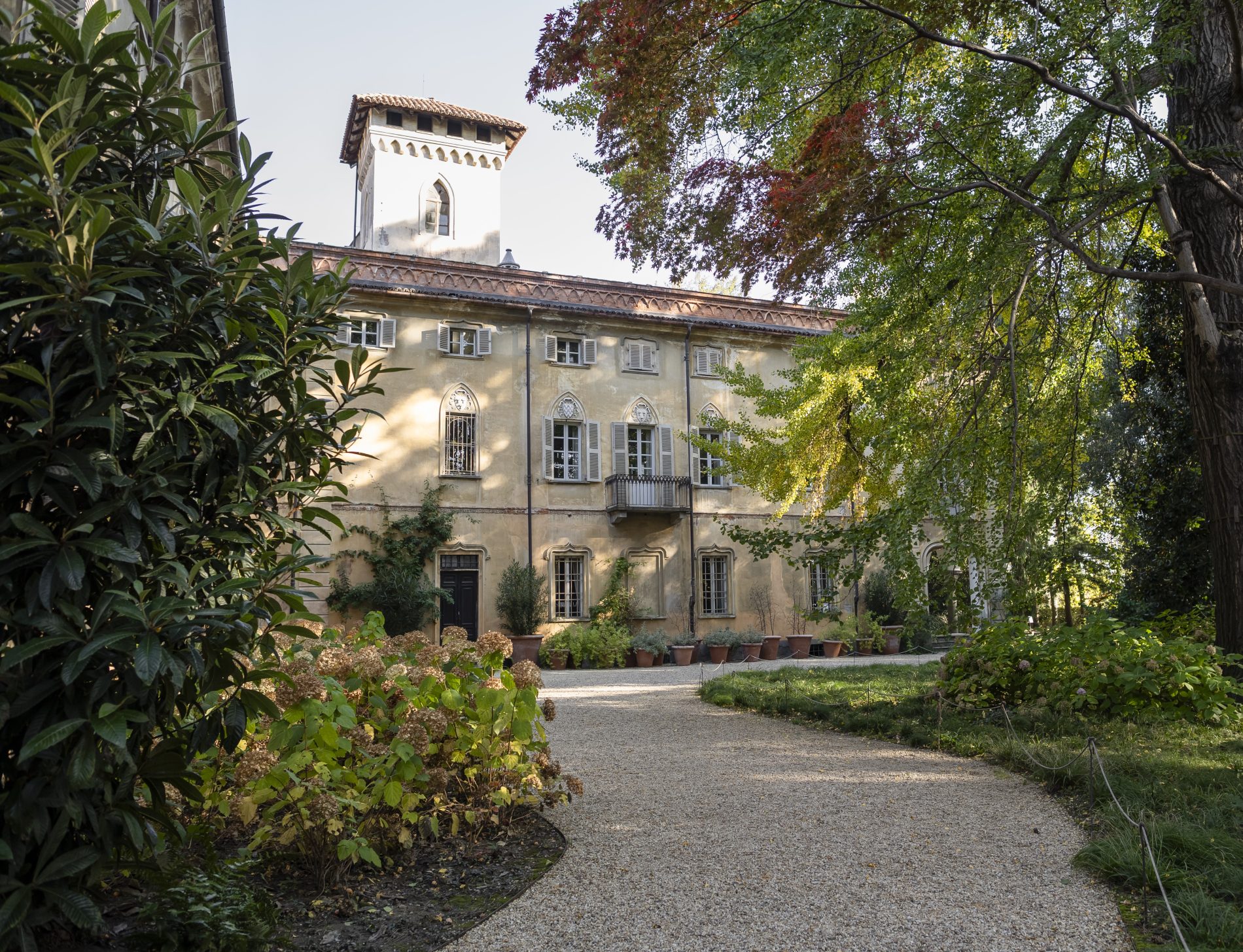A Country Retreat

Audio
Descrizione
“Where are you going on vacation this year?” is a question of some importance in Carlo Goldoni’s Villeggiatura Trilogy from 1761, in which the celebrated playwright gives us a detailed portrait of mid-eighteenth-century Italian society.
In reality, in those years people didn’t go on vacation as such, but into villeggiatura. The term referred to the country villas where, in Renaissance times, the nobility would retreat in the summer to oversee the farm work on their estates and, while they were at it, enjoy some relaxation time in contact with nature. Back then, such retreats were relatively brief, with the end of the harvest marking the return to town life.
In the early eighteenth century, the link with the harvest season was broken and villeggiatura become more of a vacation as we know it, a time for fun and leisure. Stays in the countryside also became longer, often divided across two seasons, with a first vacation from mid-June to mid-July and then a second vacation from early September through to mid-November. Vacationing became all the rage and a sign of high social status. Friends and acquaintances would frequent the same places, as country homes became settings for socializing, entertainment, and intellectual debate.
As of the mid-eighteenth century, the royals of the Savoy house would similarly go into villeggiatura, vacationing in the royal palaces outside Turin—in Govone Castle, for instance, renowned for its gardens and collection of roses, or Agliè Castle, with its impressive ballroom; but also Racconigi Castle with its landscape gardens, the
Pollenzo estate, and Valcasotto Castle, a former Carthusian monastery transformed into a royal hunting lodge.
Even Miradolo Castle was originally a country house for vacations. It was Countess Sofia who transformed it, after the First World war, into a true home, where to stay all year round. In one of the curious analogies that history often gives us, it’s remarkable how this place today is both a “here and now,” with its daily activities, projects, and initiatives, but also, as it once was, an “elsewhere,” a place of retreat for thoughtful repose and to be in contact with nature, just a short way from town.
Nelle vicinanze trovi
Ti trovi qui
